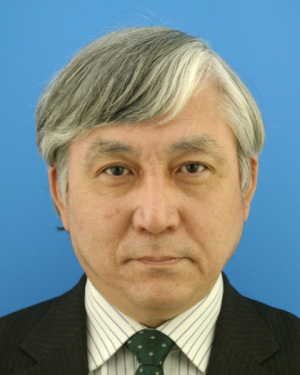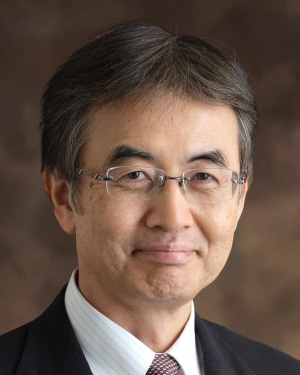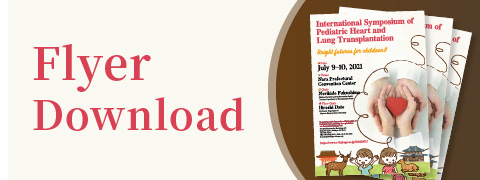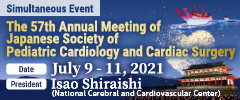Welcome Message
Dear Colleagues,
Greetings from International Symposium of Pediatric Heart and Lung Transplantation 2021 (ISPHLT 2021) in Japan.
We are pleased to inform you that ISPHLT 2021 will be held on July 9th and 10th, 2021 in parallel with the 57th Annual Meeting of Japanese Society of Pediatric Cardiology and Cardiac Surgery (JSPCCS) in Nara, Japan.
During the last two decades, status of pediatric heart and lung transplantation in Japan has been greatly changed. On October 16, 1997, the Japanese Organ Transplant Act took effect, however, the Act enabled brain dead organ donation only if the person expressed in writing prior to death his/her intent to agree donate his/her organs. In addition, the Act stated that “only persons 15 years and above can express to donate”, then, heart transplants to small children became impossible.
Therefore, we had been forced to send many Japanese children with end-stage heart failure to pediatric heart transplant centers abroad since early 1990s. The Organ Transplant Committee in JSPCCS started surveillance of Japanese children with end-stage heart or respiratory failure to emphasis their poor outcome to public and the Government since 1997 and made many efforts to revise the Act and finally the Act was revised in 2010. After then, the number of pediatric HTx has gradually increased and finally exceeded that of HTx abroad in 2019. Although total number was still small (N=56), only 2 recipients died since the first transplant was done in 2000. 10-year patient survival rate is 96%. In 2015, 88 EXCOR Pediatrics have been implanted and 32 children underwent heart transplantation (bridge to transplant; BTT) (17 in Japan and 15 abroad) and 16 could be weaned from EXCOR (bridge to recovery; BTR). Only 4 children died under EXCOR support.
Regards to pediatric lung transplantation, Dr Date, vice-chair of this symposium, is one of pioneers of living donor lobar lung transplantation in the world and performed 140 cases at Okayama and Kyoto Universities. The 5-, 10- and 15-year survivals after living-donor lobar lung transplantation (n=140: as of 2019) were 82.0%, 73.8% and 65.5%, respectively. He performed various type of living donor lobar lung transplantation, such as single -lobe transplantation, right-to-left inverted lobar lung transplantation and so on. Although only 7 children underwent cadaveric lung transplantation from 18 pediatric brain-dead donors, the number will increase because allocation rule was changed 2 years ago (children younger than age 12 have priority for pediatric donor younger than age 12).
International Symposium of Pediatric Heart and Lung Transplantation 2021 (ISPHLT 2021) was launched by the JSPCCS in the hope that it would contribute to the advancement of clinical knowledge and techniques, especially among Asian professionals, in the field of pediatric heart and lung transplantation. The world’s most renowned speakers will share their expertise, remarkable achievement and recent findings on pediatric heart and lung transplantation and pediatric mechanical circulatory support, late-breaking abstracts from Asian countries as well as Japan will be presented as oral and poster presentations.
In this regard, we would like to encourage you and your colleagues to participate in the upcoming congress. We strongly believe that participation at ISPHLT 2021 will be a good opportunity for you to share your knowledge and discuss current issues with many professionals in the field of pediatric heart and lung transplantation from all over Asia.
Sincerely yours






